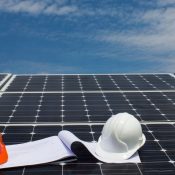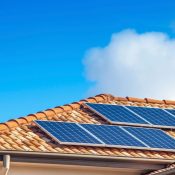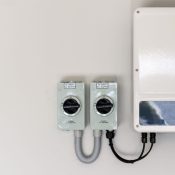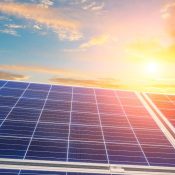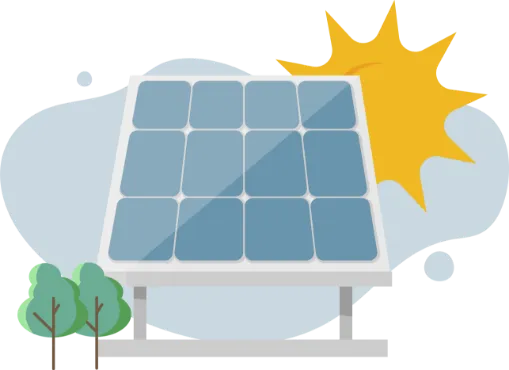What Size Solar Inverter Do I Need?
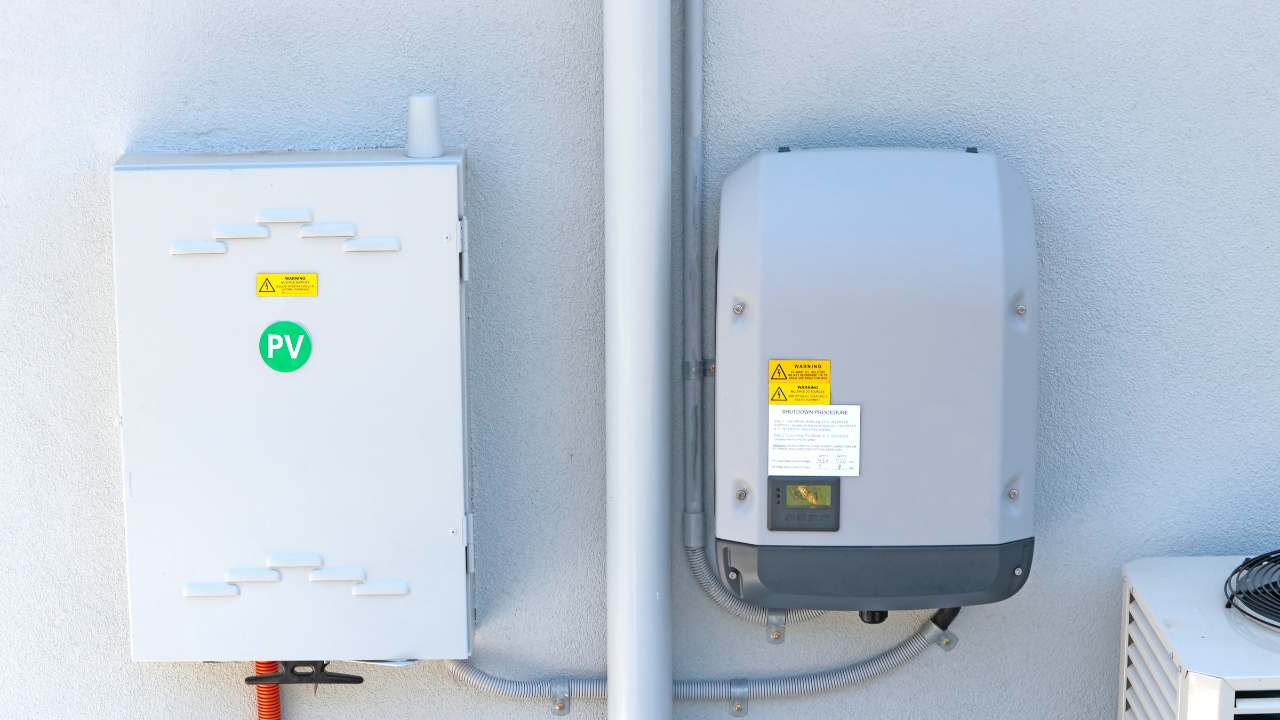
What size solar inverter do I need for my system? It’s a common question for anyone planning to install a solar panel system at home or on their business premises. The inverter plays a key role in converting solar energy into usable electricity, so getting the size right is essential.
An undersized inverter may waste valuable energy, while an oversized one could cost more than necessary. But how do you find the right balance?
In this blog, we’ll explain the key factors that affect inverter sizing from panel capacity to site conditions. By the end, you’ll have a clear understanding of how to choose the best fit for your solar setup.
Let’s start!
How to Work Out the Right Size for a Solar Inverter?
Solar inverters are rated in watts, just like solar panels. To match the two correctly, you need an inverter that can manage the total power output of your solar array. It’s essential that the inverter is capable of converting the DC electricity from your panels into usable AC power.
This ensures efficient and safe energy conversion for your home or business. Matching your inverter’s capacity with your panel output. Undersizing or oversizing can both impact performance.
Why Is Choosing the Right Solar Inverter Size So Important?
The size of your solar inverter plays a big part in how much power your system can supply. If the inverter is too small, it won’t handle the full DC load from the panels. On the other hand, an overly large inverter can be inefficient and unnecessarily expensive.

The correct size ensures that the system runs smoothly and safely. That’s why most installation services follow strict sizing guidelines. A reliable installer will always guide you on the right inverter to avoid any power losses or risks.
What Are The Key Factors That Influence Inverter Sizing?
Choosing the right inverter isn’t just about matching it with your panels — several external elements can impact performance. Below are the three major factors to consider when asking: What size solar inverter do I need for my system?
1. Geographical Climate and Sunlight Exposure
Regions with higher solar radiation tend to produce more electricity, affecting how much power your inverter must handle. Warmer climates generally receive more sun, which increases the DC input into the inverter.
In cooler or cloudy areas, the system may produce less energy overall. This variability influences the size and performance you’ll need. Always consider average sunlight hours and intensity when sizing up.
2. Site-Specific Conditions
The location and angle at which your solar panels are installed play a big part in inverter sizing. Panels placed on flat roofs or shaded areas may not perform at their peak. Factors like dust, debris, or regular moisture can also reduce efficiency.
Your inverter needs to be sized with these challenges in mind to maintain consistent output. Site optimisation helps reduce energy losses from such issues.
3. Size and Rating of the Solar Array
Your inverter must be able to manage the total wattage output of your solar panel array. Typically, the inverter size should be close to the array’s DC rating, for example, a 6kW panel setup should pair with a 6,000W inverter.
This ensures efficient DC to AC conversion and protects the system’s warranty. Product data sheets will indicate the ideal match, which your installer should follow precisely.
4. Energy Consumption Patterns and Load Profile

Understanding how and when you use electricity is crucial when sizing your inverter. Households with high daytime usage may need an inverter that can handle consistent loads. If most usage occurs in the evening, battery storage and inverter support for that usage window should be considered.
Appliances with high startup power like ACs or pumps can temporarily spike demand. Your inverter must accommodate both typical loads and occasional surges. Analysing your load profile ensures you’re not under- or over-sizing the inverter.
5. Compliance with Grid Regulations and Export Limits
Local utility companies often have rules on how much energy can be fed back into the grid. Inverter sizing must comply with these export limits to avoid penalties or connection refusals. Some regions cap inverter capacity or require export control settings to be installed.
Oversizing your inverter could lead to reduction or force energy wastage. A qualified installer will balance your system to meet both performance goals and legal limits. Always check grid compliance as part of your system design.
Conclusion
Choosing the right inverter is one of the most important steps in setting up a solar energy system. In this guide, we explored the key factors that influence inverter sizing including the DC rating of your solar array, geographical location, and site-specific conditions such as dust or shading. We also explained why your inverter must closely match your panel output to avoid system inefficiencies and warranty issues.
If you’ve been thinking, what size solar inverter do I need for my system, the answer lies in understanding both your energy goals and your environment. For accurate advice and seamless installation, Going Solar is here to help. Contact our team today to get expert support and ensure your solar system performs safely and efficiently from the start.
Planning a switch to solar energy?
Contact Going Solar now and Get Free Advice & Quote Within Minutes!
Frequently Asked Questions
Contact Going Solar Now!
Joe Brennan
Founder @ Going Solar
Joe Brennan, the founder of Going Solar, is dedicated to making solar power mainstream in Ireland and meet SEAI objectives. With a focus on affordability and sustainability, he is bringing renewable energy solutions to homes, reducing costs & environmental impact.
Recent Posts


